Safeguarding Your Home: Water Damage Prevention During Renovations
Prioritize water damage prevention to avoid potentially costly and disruptive issues down the line.
Embarking on a home renovation project is an exciting endeavor that can enhance the comfort, functionality, and aesthetics of your living space. However, amidst the excitement of transforming your home, it's crucial to prioritize water damage prevention to avoid potentially costly and disruptive issues down the line. In this blog post, we'll explore the best practices for preventing water damage during home renovations, from proactive planning and preparation to vigilant monitoring and maintenance.
1. Conduct a Thorough Inspection
Before starting any renovation work, conduct a comprehensive inspection of your home to identify potential areas of vulnerability to water damage. Pay attention to areas such as the roof, plumbing fixtures, windows, doors, and foundation for signs of leaks, moisture intrusion, or structural weaknesses. Addressing any existing issues before beginning renovations can help prevent further damage and ensure a solid foundation for your project.
2. Plan for Proper Drainage
Effective drainage is critical for preventing water damage, especially during renovations that involve exterior modifications or landscaping changes. Ensure that your property has adequate drainage systems in place, including gutters, downspouts, and grading to direct water away from the foundation and vulnerable areas of the home. Consider installing French drains or catch basins as needed to manage excess water and minimize the risk of flooding.
3. Protect Interior Spaces
During renovations, take steps to protect interior spaces from potential water damage caused by construction activities. Cover floors, furniture, and belongings with waterproof tarps or plastic sheeting to shield them from dust, debris, and accidental spills. Seal off work areas with barriers or temporary walls to contain dust and moisture and minimize the spread of contaminants throughout the home.
4. Invest in Quality Materials and Workmanship
When undertaking renovations, prioritize quality materials and workmanship to minimize the risk of water damage in the long term. Choose moisture-resistant building materials such as waterproof drywall, mold-resistant paint, and vinyl flooring for areas prone to water exposure, such as bathrooms, kitchens, and basements. Hire licensed contractors with experience in water damage prevention techniques to ensure that renovations are completed to the highest standards of craftsmanship and durability.
5. Be Proactive with Plumbing
Plumbing systems are susceptible to leaks and failures, especially during renovations that involve alterations to pipes, fixtures, or appliances. Be proactive with plumbing maintenance and inspections before, during, and after renovations to detect and address potential issues early on. Replace worn-out plumbing components, upgrade to leak-resistant materials, and install shut-off valves or water leak detection devices for added protection against water damage.
6. Monitor Moisture Levels
Throughout the renovation process, monitor moisture levels in the home to detect any signs of water intrusion or excessive humidity. Use moisture meters or hygrometers to measure moisture levels in walls, floors, and ceilings, especially in areas undergoing renovation or exposed to water sources. Address any abnormal moisture readings promptly to prevent mold growth, rot, or structural damage.
7. Maintain Exterior Protection
Exterior elements of your home, such as the roof, siding, and windows, play a crucial role in protecting against water intrusion and damage. Prioritize regular maintenance and inspections of these components to ensure they remain in good condition and effectively repel water. Replace damaged or deteriorated roofing materials, seal gaps and cracks in siding, and repair or replace faulty windows and doors to maintain a watertight envelope around your home.
8. Allow for Proper Drying Time
After completing renovations, allow sufficient time for materials to dry thoroughly before closing up walls or applying finishes. Proper drying is essential for preventing moisture buildup, mold growth, and long-term water damage. Use fans, dehumidifiers, and ventilation systems to promote air circulation and expedite the drying process, especially in areas with limited airflow or high humidity levels.
In conclusion, water damage prevention is a critical consideration during home renovations to protect your investment and ensure the long-term integrity of your property. By implementing proactive planning and preparation strategies, investing in quality materials and workmanship, and remaining vigilant throughout the renovation process, you can minimize the risk of water damage and enjoy a safe, comfortable, and resilient home for years to come. Prioritize water damage prevention in your renovation projects to safeguard your home and preserve its value for future generations to enjoy.
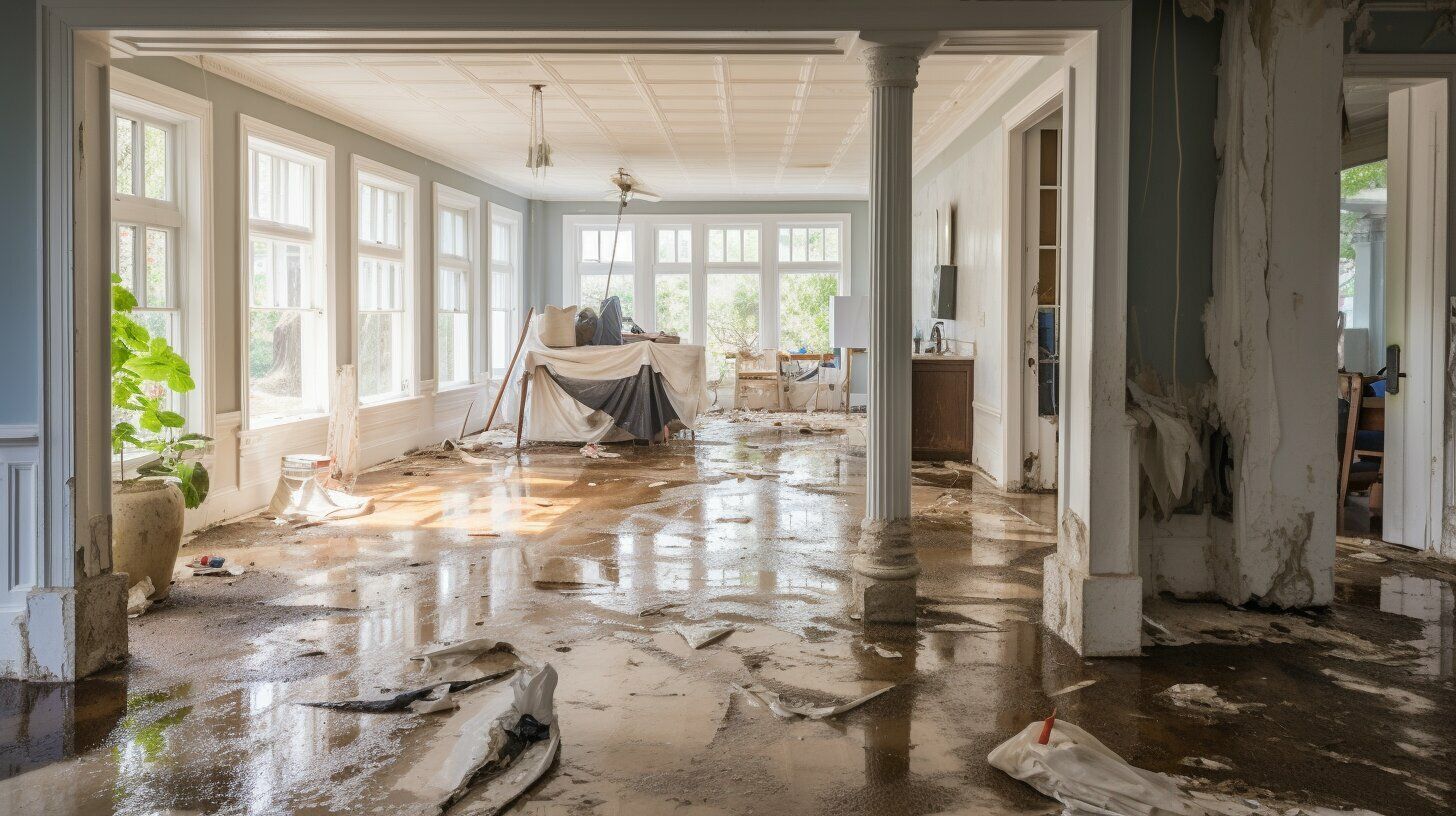
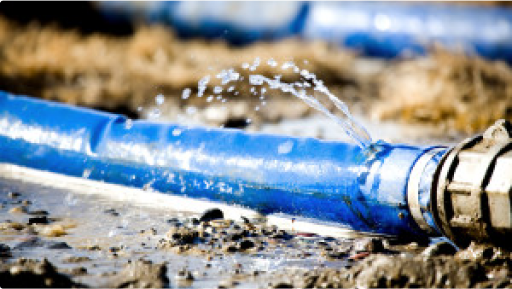

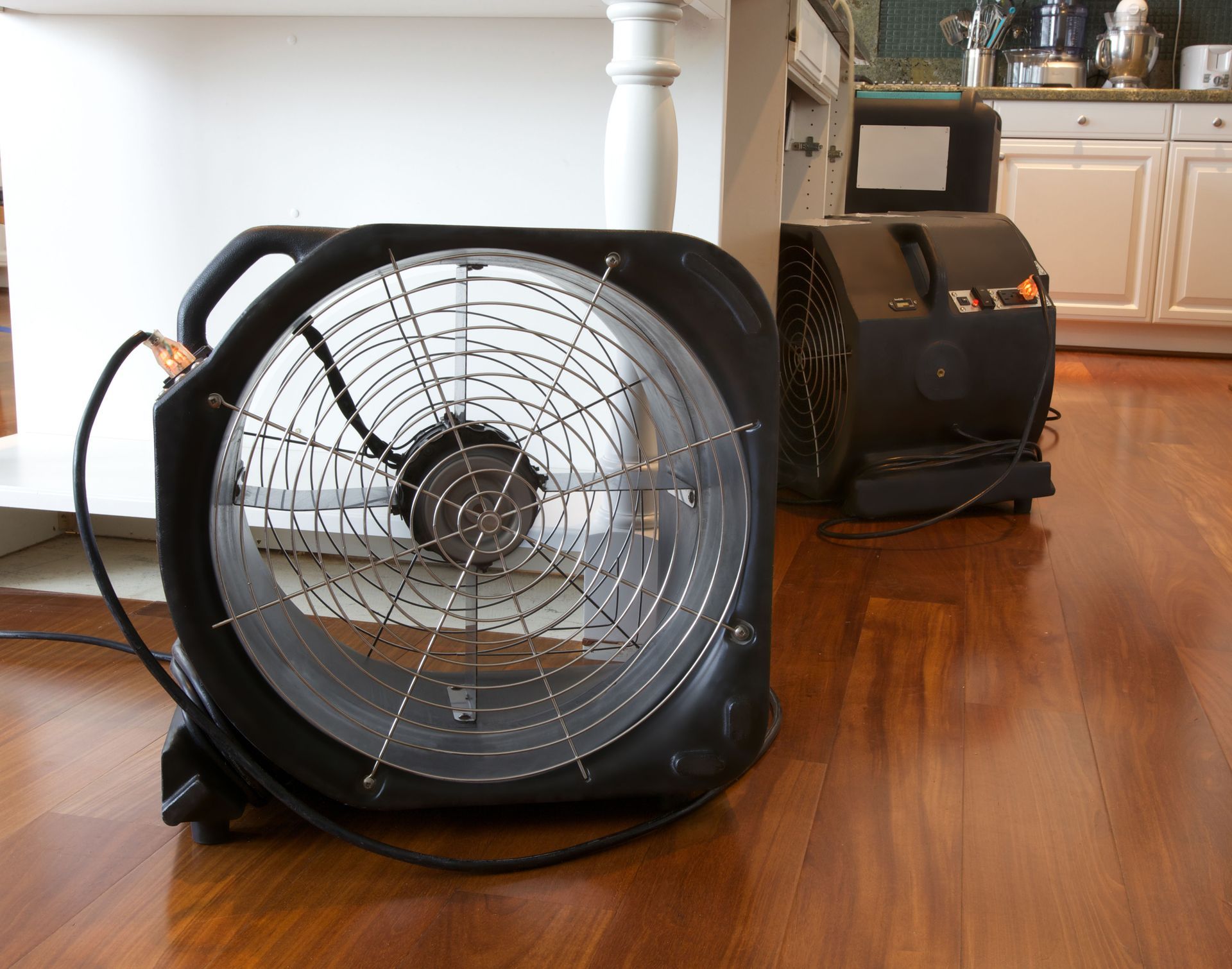
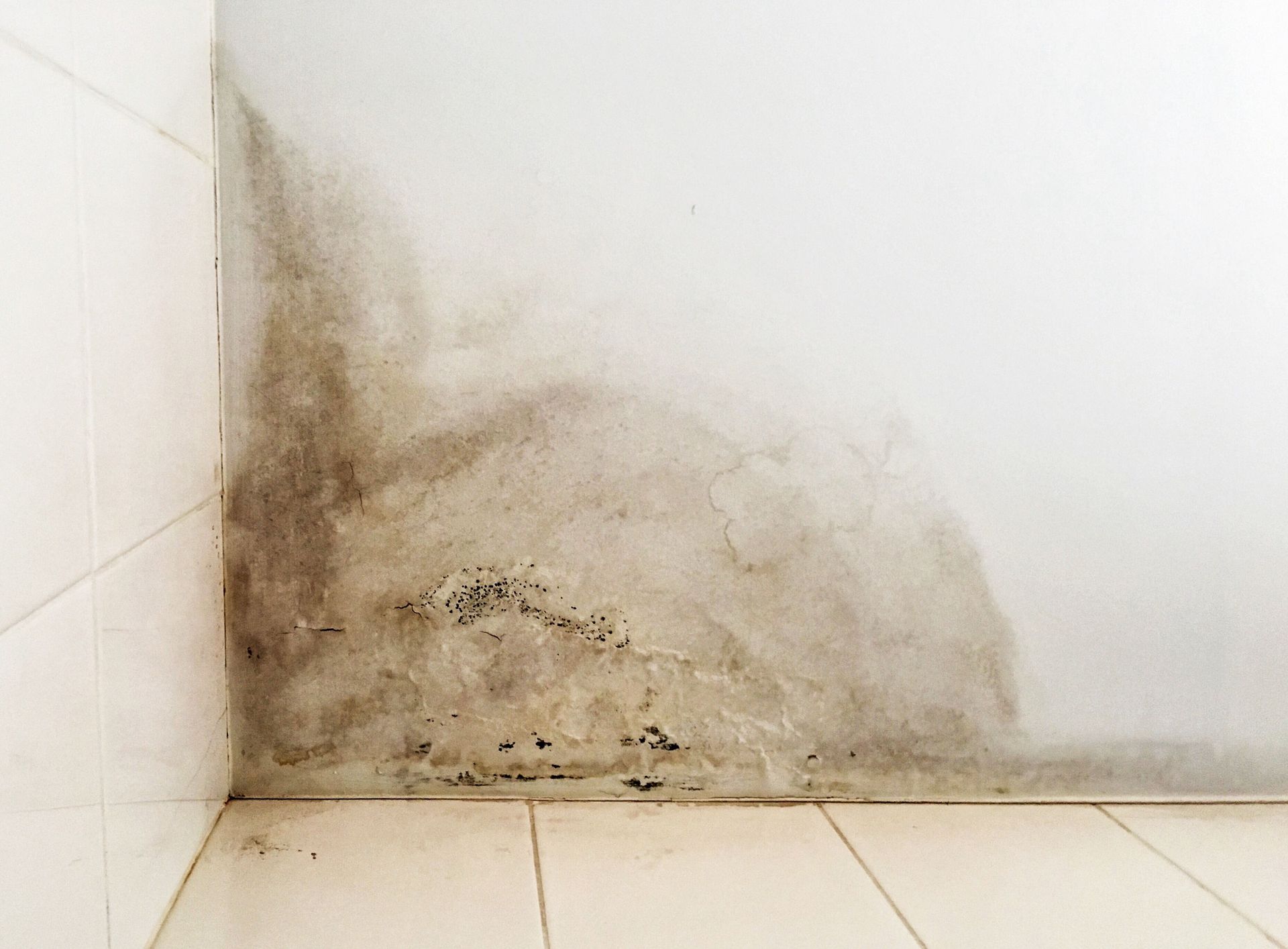







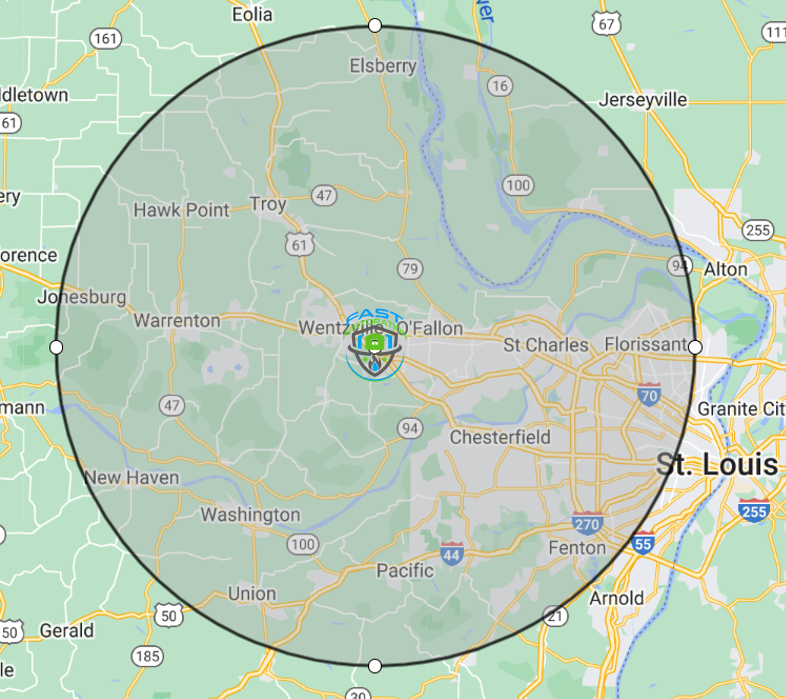
Share On: